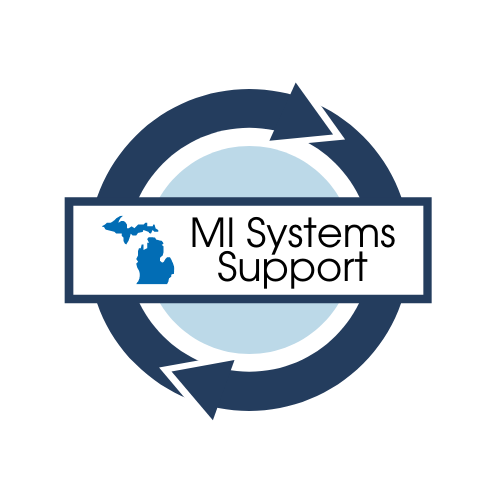
Teacher Collaborative Routines
Protocols
Collaborative Inquiry Action Research Protocol & Template
Summary
“Collaborative inquiry provides a systematic approach for educators to identify professional dilemmas and determine resolutions through shared inquiry, problem solving, and reflection” (Donohoo, 2017). This resource, adapted from the research of Jenni Donohoo, provides practitioners with both a protocol and a template for conducting collaborative inquiry.
-
Teacher collaborative teams might choose to use the protocol and template in order to productively engage in the collaborative teacher inquiry process. Teams might want to first watch the 4-minute video featuring Dr. Donohoo who provides an introduction to collaborative inquiry. As stated by Donohoo, “The most effective collaborative inquiry teacher teams keep in mind that their end goal is to increase learning and achieve greater success for all students”. Additionally, teams might find it helpful to visit the misystemsupport.com website and engage with Module 4 of the Collaborative Learning Cycle On-Demand Learning to find out more about effective data conversations using Lipton and Wellman’s Collaborative Learning Cycle framework.
-
-
The use of this protocol compliments each practice found within Teacher Collaborative Routines
Donohoo, J. (2017). Collective efficacy: How educators' beliefs impact student learning. Corwin Press.
MISA London. (2015, April 10). Introduction to collaborative inquiry [Video]. YouTube. https://www.youtube.com/watch?v=brBce5STwWA&t=68s
General Protocols
Summary
School Reform Initiative and the National School Reform Faculty website include hundreds of protocols that offer structured processes to support focused and productive conversations, build collective understanding, and drive school improvement. Thoughtful use of these protocols is an integral part of building resilient professional learning communities.
-
Protocols are intentional structures that promote collaborative work. Protocols enable group members to have meaningful, sustained conversations about teaching and learning. They are structured to allow equity of voice and meaningful dialogue. Using a protocol reminds you to embrace a growth mindset and maintain a culture of learning and collective responsibility. Protocols also keep a focused lens on the purpose of looking at the data without getting bogged down by minute details.
-
-
Teacher Collaborative Routines Readiness and Planning Actions: Protocols
The use of protocols compliments each practice found within Teacher Collaborative Routines
National School Reform Faculty (n.d.). Protocols. https://nsrfharmony.org/protocols/
School Reform Initiative. (n.d.). Protocols. https://www.schoolreforminitiative.org/protocols/
Student Work Context Protocol
Summary
This protocol asks for a brief description of the student work sample, the assignment or unit of study, and whatever additional teacher guides, assessments, and/or rubrics accompany the work. The teacher shares their question(s) of concern and why they are bringing this work sample to the group.
-
This protocol might be used by teacher collaborative teams as they collaborate to understand the learning of each student in order to modify and adjust instruction, examine different ways that students solve/approach subject-specific learning tasks, and analyze academic data to make informed decisions
-
School Reform Initiative. (n.d.). Protocols. https://www.schoolreforminitiative.org/protocols/
